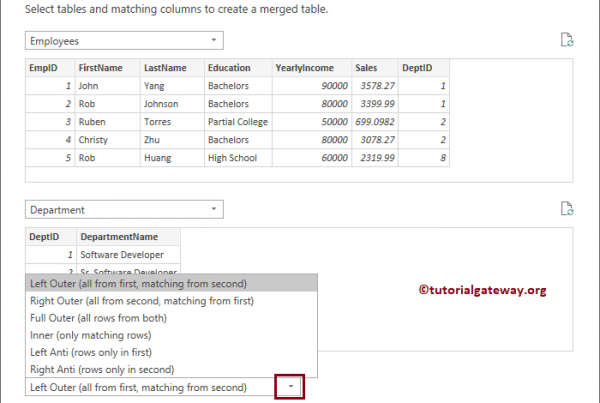The type of content refers to the content of a file that is transferred over HTTP and classified according to a two-part structure. This classification is standardized and published by the IANA (Internet Assigned Numbers Authority, which oversees the global assignment of IP addresses). An alternative definition is MIME. In this circumstance, the data content is specified according to the MIME (Multipurpose Internet Mail Extensions). The content type is also a meta tag for an HTML document that can show browsers what content is being used on that specific web page.
MIME content types
There is a wide variety of content types, also called MIME types. The MIME standard was introduced specifically for emails.
The Internet media type indication provides two specifications and optionally an additional one. The first includes the type of media and the second the subcategory. The following types of media can be used:
- App: These are files that can be used by a particular application or files for which a single assignment is not feasible.
- Audio: Refers to the audio files contained in a document.
- Example: If a document is marked with this, it contains examples of specific file formats.
- Image: Indicates image and graphic files.
- Message: This specifies messages like email.
- Model: Designates data with multidimensional structure.
- Multipart: This type designates files that consist of several parts.
- Text: This is the Internet media type for text files.
- Video: Used for video files.
Common combinations with subcategories are:[1]
- Image / jpeg: JPEG image file
- Image / tiff: TIFF image file
- Text / plain: TXT file (Simple Text)
- Video / mpeg: MP2, MPA, MPE, MPEG, MPG files
- Audio / mpeg: MP3 files
- Audio / x-wav: wav files
If you are classifying an HTML document, you can also fill in the character set. A feasible specification would be for example: text / html; charset = UTF-8
Content type as meta tag
The meta tag content type is set in the header of a web page to display the standard character set and content type that is being used in an HTML page.
Benefits
Defining the type of content and, in particular, the charset (character set), it can be guaranteed that any browser can correctly display the page. If this specification is not inserted into the header of a page, browsers may not be able to display ä, ö, and ü or these types of characters correctly. Previously, you often saw pages where umlauts were alternately replaced by variable placeholders.
The special score also can cause problems. When specifying the content type, the character set to be used will be defined according to the ISO rule. When a browser later accesses the page, it will recognize from this specification which character set to use. Therefore, the correct interpretation of all characters is ensured.
Incorporation example
The Content Type meta tag looks like this:
The Western European and American character set, ISO-8859-1, applies to pages in Spanish.
Other ISO standards for foreign language websites
If the websites are published in other languages, different rules apply:
ISO 8859-1: Albanian, Danish, German, English, Faroese, Finnish, French, Galician, Icelandic, Irish, Italian, Catalan, Dutch, Norwegian, Portuguese, Spanish, Swedish. ISO 8859-2: Croatian, Polish, Romanian, Slovak, Slovenian, Czech, Hungarian. ISO 8859-3: Esperanto, Galician, Maltese, Turkish (Turkish also ISO 8859-9.). ISO 8859-4: Estonian, Latvian, Lithuanian. ISO 8859-5: Bulgarian, Macedonian, Russian, Serbian, Ukrainian. ISO 8859-6: Arabic ISO 8859-7: Modern Greek. ISO 8859-8: Hebreow. ISO 8859-9: Turkish. ISO 8859-10: Greenlandic (Inuit), Sami (Sami)
Relevance for SEO
By defining meta tags, information is provided to search engines. Therefore, it is recommended to use content type metatags. This specification is one of the tags that can be easily read by the Google search engine. By defining this tag, Googlebot can accurately categorize crawled content in advance. At the same time, the vertical search assignmentsuch as searching for images or videos.
Content type is also essential for language mapping. If the Western European character set is set for a German web portal, Google automatically discovers that the ä, ö, and ü should be equated with ae, oe, and ue. If a user searches, for example, "Linkpopularitaet" (in English: link popularity), then Google can generate search results that contain the word "Linkpopularitaet".
Web Links






